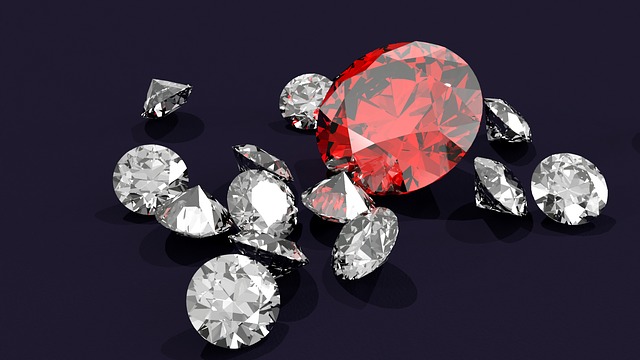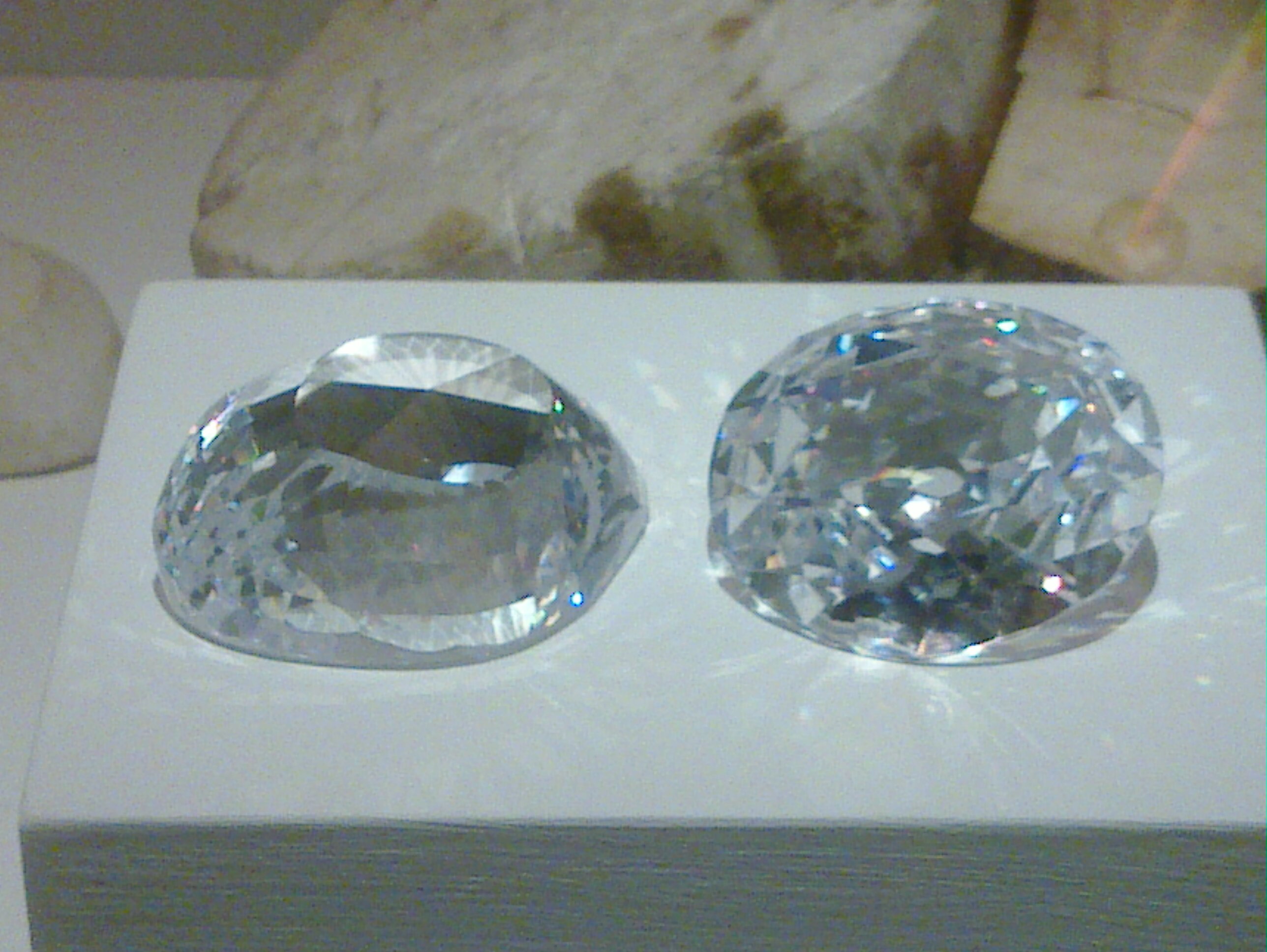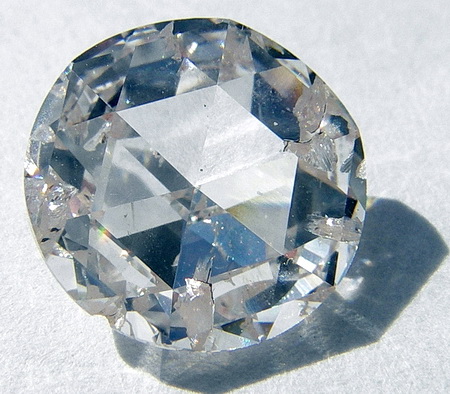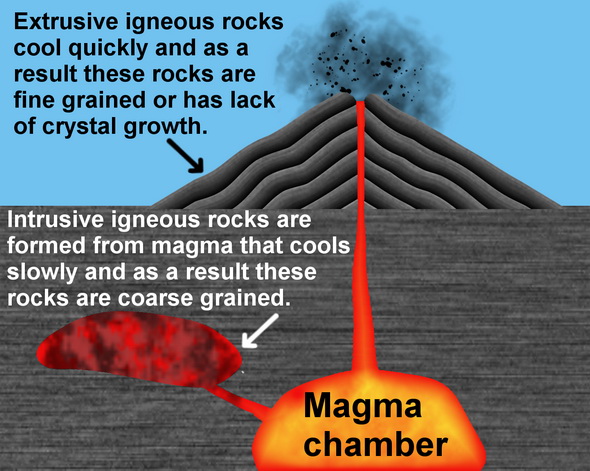 The country of Myanmar produces more than 80 percent of the world’s rubies. North of the city Mandalay is a valley named Mogok that is known as the “land of rubies.” Mogok is where the Sunrise Ruby was found. The gem sold for $30.3 million last year and is one of the so-called “pigeon-blood” stones, known to be one of the most expensive colored gems in the world. Pigeon’s-blood red is considered the most precious hue of all according to the American Gemological Laboratories color rating system.
The country of Myanmar produces more than 80 percent of the world’s rubies. North of the city Mandalay is a valley named Mogok that is known as the “land of rubies.” Mogok is where the Sunrise Ruby was found. The gem sold for $30.3 million last year and is one of the so-called “pigeon-blood” stones, known to be one of the most expensive colored gems in the world. Pigeon’s-blood red is considered the most precious hue of all according to the American Gemological Laboratories color rating system.
Every day, thousands of natives in Myanmar barely make a living mining for gems, hoping to one day find the ruby that could change their lives. Production in the Mogok region has skyrocketed since the mid-1990s, when the former junta rulers allowed private companies into the region with their heavy machinery and new mining methods.
In 2003, the United States implemented sanctions that would stop the import of gems from Myanmar. This effort was imposed in an effort to starve the military government of its funds. Miners usually earn about $200 dollars or less a month working in the mines. For decades, the junta military and ex-army chiefs oversaw the mining industry. Even though the Mogok valley is filled with mines, the locals see very little of the profits. Mogok is not only a source of rubies, but also sapphires, spinel, peridot, zircon, topaz, and others. It is also a source of the rare painite gemstones.
In October 2016, the US lifted sanctions that prevented imports of rubies as a result of Myanmar’s shift towards democracy under its new government. Sellers of stones in the region hope that the end of these sanctions will see a surge in American tourists and new business. In the past, high-quality gems such as red rubies and blue sapphires were sent to black markets in Thailand. The gem market in Myanmar is optimistic that with ruby prices going up and US companies entering the market, US dealers will be returning to do business. Chief executive Douglas Hucker from the American Gem Trade Association says that they will only work with “licensed dealers and seek to determine that the gemstones they are buying are sources responsibly.”
To prevent further exploitation of Myanmar’s gemstones, the government implemented a moratorium last July on new mining licenses. Companies will have to meet stricter environmental regulations to get mining permits. US buyers will also have to follow stricter international rules to make sure mines enforce good working conditions. These new efforts will help ensure that profits don’t fuel Myanmar’s conflicts with rebels.







